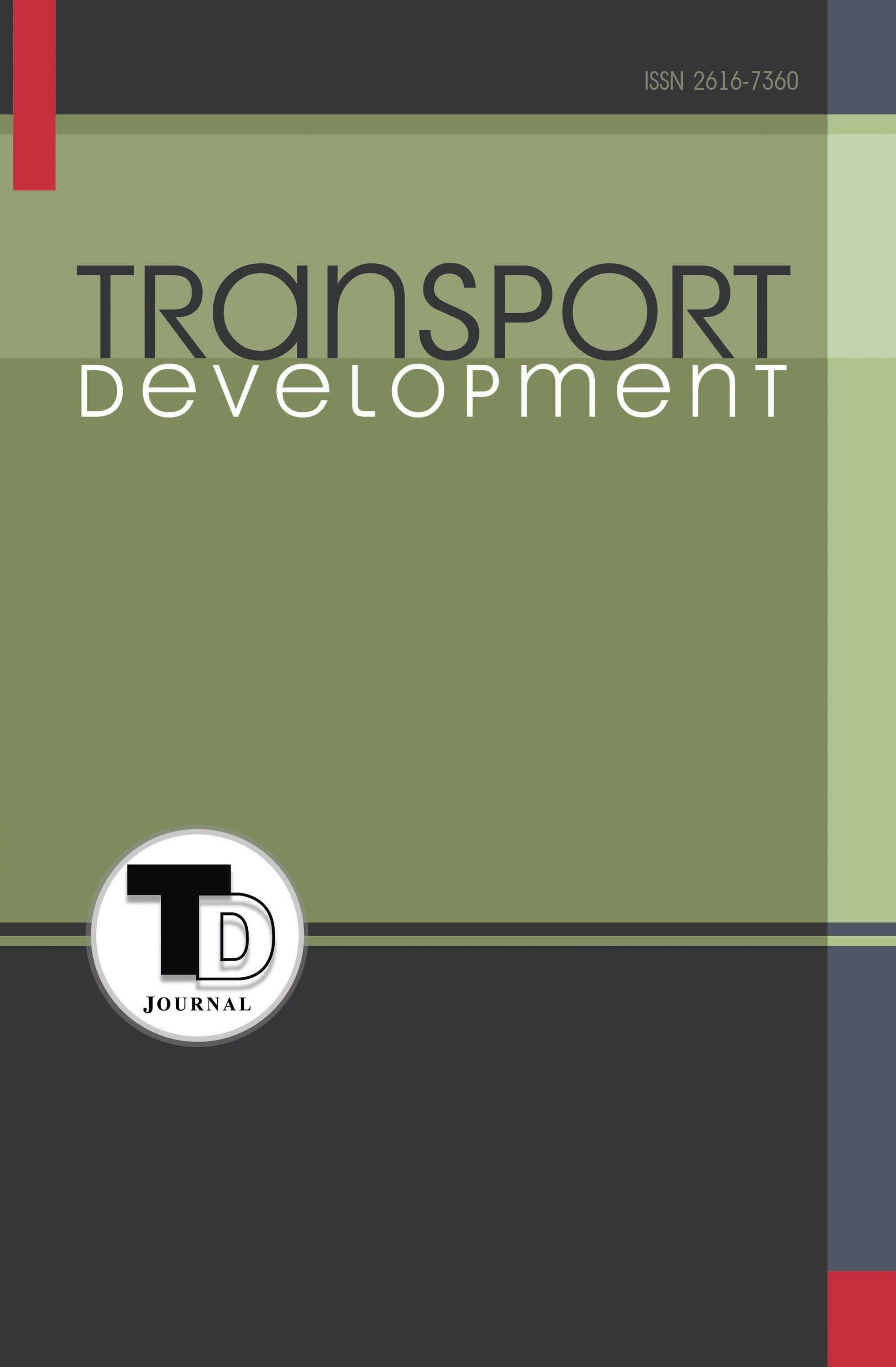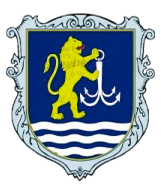PROSPECTS FOR CREATING DIGITAL TWINS OF FREIGHT CARS
Abstract
Introduction The global industry and transport are rapidly moving into the era of digitalisation, which is radically changing approaches to the production, operation and maintenance of railway transport. Ukraine, as part of the global market, is also actively implementing innovative solutions. Rail transport is the circulatory system of the Ukrainian economy and logistics, combining strategic, economic and social functions. Relevance. A digital twin is a virtual copy of a physical object, process or service that is constantly updated with data from the real world. In the case of a freight car, its digital twin may include detailed information about its technical condition, operating history, current location, load, and other important parameters. The purpose of the study. The purpose of this research is to study in depth the prospects for the creation and implementation of digital twins of freight cars in the railway transport industry of Ukraine. The relevance of the study is due to the need to increase the efficiency of rolling stock operation, optimise maintenance processes and predict possible malfunctions. Results. An approach to design based on a digital twin has been introduced, which will provide an end-to-end design workflow in a single information space regardless of the software systems used to calculate the components and systems of freight cars, and a block diagram of the operation of a digital twin of a freight car has been constructed. Conclusions. Modelling various operating scenarios on virtual copies allows optimising maintenance and repair modes. Scientifically based algorithms integrated into digital twins contribute to the early detection of potential malfunctions. Applied conclusions indicate the possibility of a significant reduction in maintenance and repair costs. The introduction of digital twins allows for optimised planning of repair work and reduced downtime for wagons.
Downloads
References
2. Dong L, Zhang H, Yu J, Hu G. Energy harvesting potential assessment and systematic design for energy-regenerative shock absorbers on railway freight wagons. Journal of Intelligent Material Systems and Structures. 2023. № 35(3). Р. 270–290. doi:10.1177/1045389X231200146
3. Aziz A., Chouhan S. S., Schelén O., Bodin U. Distributed Digital Twins as Proxies-Unlocking Composability and Flexibility for Purpose-Oriented Digital Twins. IEEE Access. 2023. Vol. 11. Р. 137577–137593. doi: 10.1109/ACCESS.2023.3340132.
4. Halegoua G. Groundtruthing the Digital Twin. Dialogues in Urban Research. 2025. https://doi.org/10.1177/27541258251316856
5. Timms A., Langbridge A., Antonopoulos A., Mygiakis A., Voulgari E. & O’Donncha F. Agentic AI for Digital Twin. Proceedings of the AAAI Conference on Artificial Intelligence. 2025. Vol. 39(28). Р. 29703–29705. https://doi.org/10.1609/aaai.v39i28.35373
6. Gupta S., Iyer R.S., Kumar S. Digital Twin Challenges. Digital Twins. Springer, Cham, 2025. https://doi.org/10.1007/978-3-031-76564-3_2
7. Singh S., Oberle M., Schel D., Grimm J., Meyer O., Birke K.P. Digital Twin in the Battery Industry. Digital Twins, Simulation, and the Metaverse. Simulation Foundations, Methods and Applications / M. Grieves, E.Y. Hua (eds.). Springer, Cham, 2024. https://doi.org/10.1007/978-3-031-69107-2_15
8. Grieves M., Vickers J. Digital Twin: Mitigating Unpredictable, Undesirable Emergent Behavior in Complex Systems. Transdisciplinary Perspectives on Complex Systems / F. J. Kahlen, S. Flumerfelt, A. Alves (Eds). Cham : Springer, 2017. P. 85–113.
9. Qi Q., Tao F., Hu T., Anwer N., Liu A., Wei Y., Wang L., Nee A. Enabling technologies and tools for digital twin. J. of Manufacturing Systems. 2019. DOI: 10.1016/j.jmsy.2019.10.001.
10. Латиф У. Х., Валид С., Дусид Н., Чжу Х., Чунг С. Х. 6G с поддержкой цифровых двойников: видение, архитектура и перспективы развития. Беспроводные технологии. 2023. № 1. С. 6–11.
11. Fomin O. V., Burlutskyi O. V. Analysis and classification of damages of universal gondola cars that occur during their life cycle. Bulletin of Vinnytsia Polytechnic Institute. 2012. № 4. С. 163–167.





